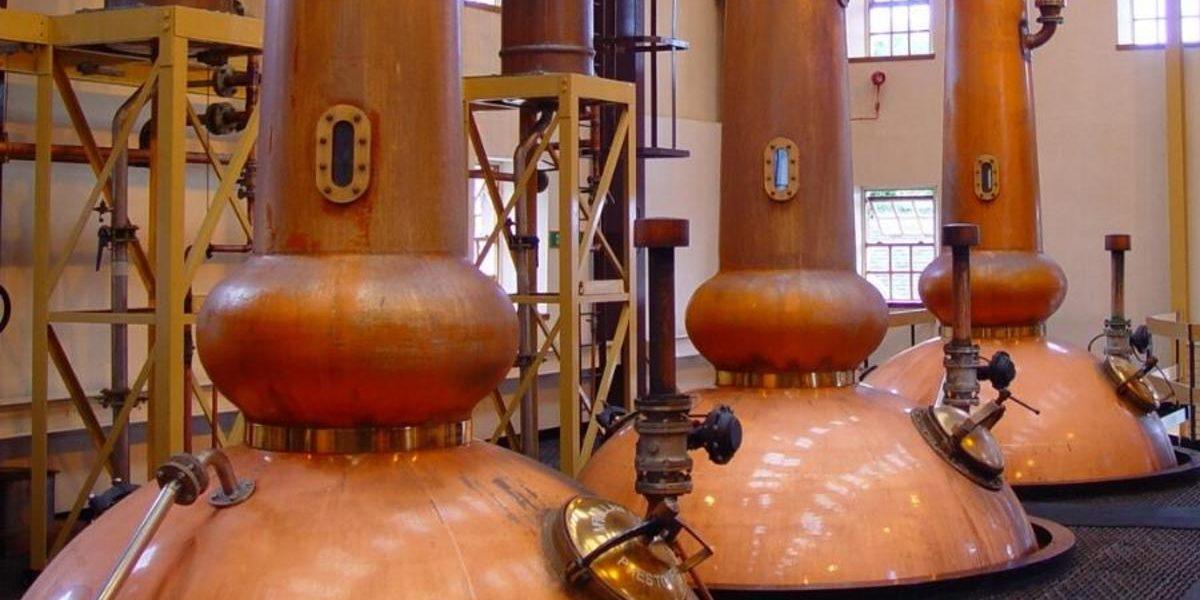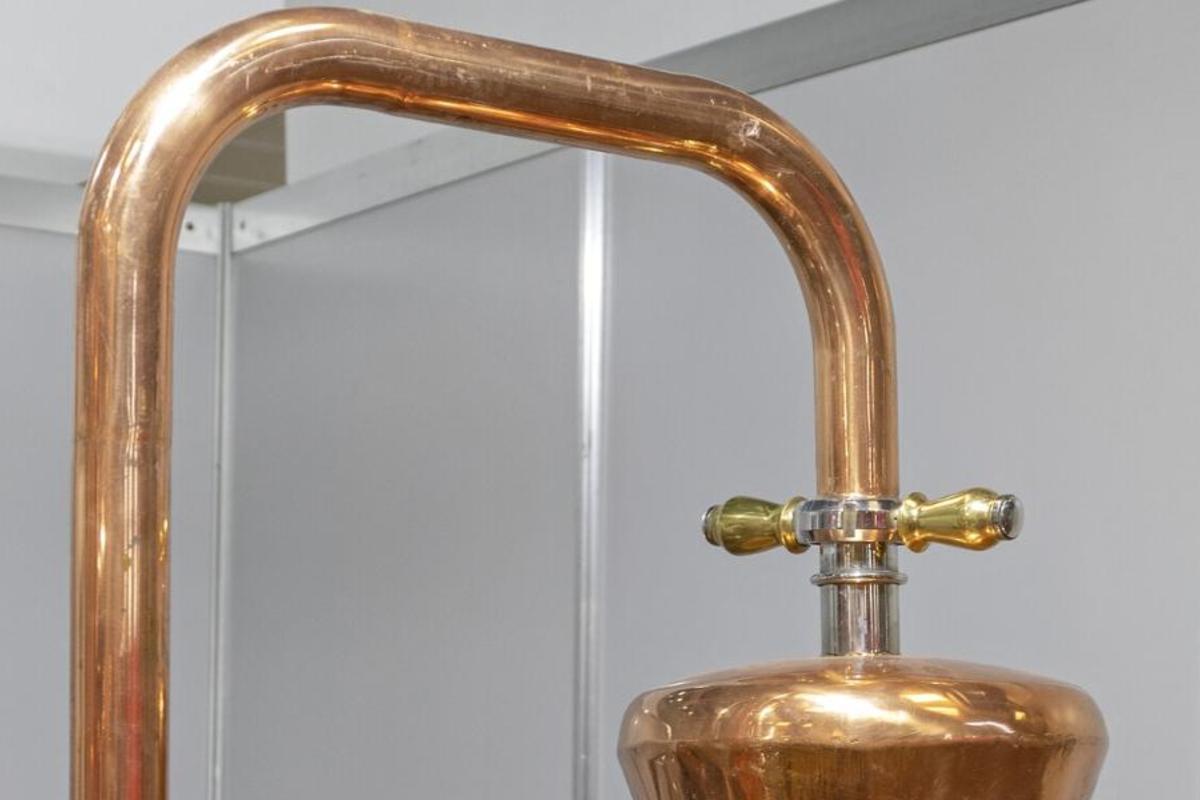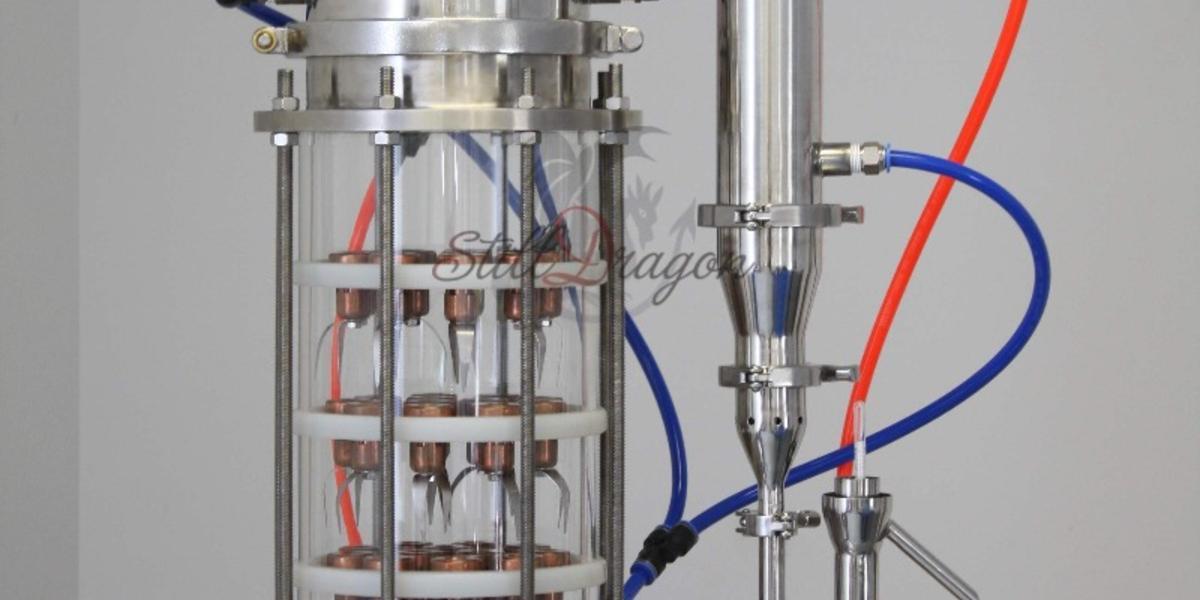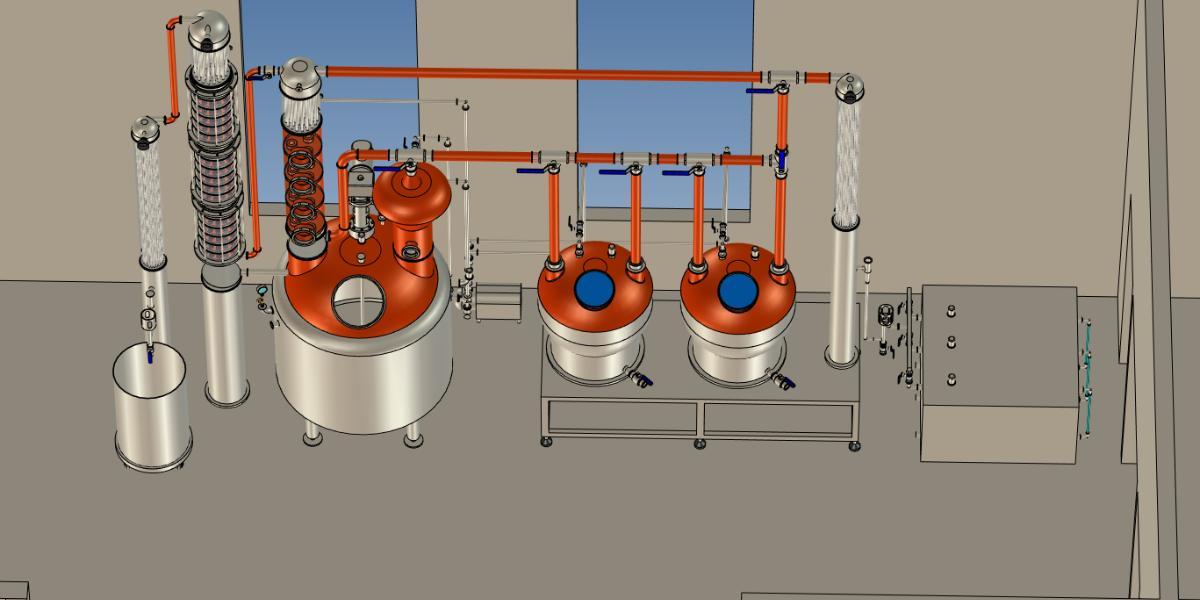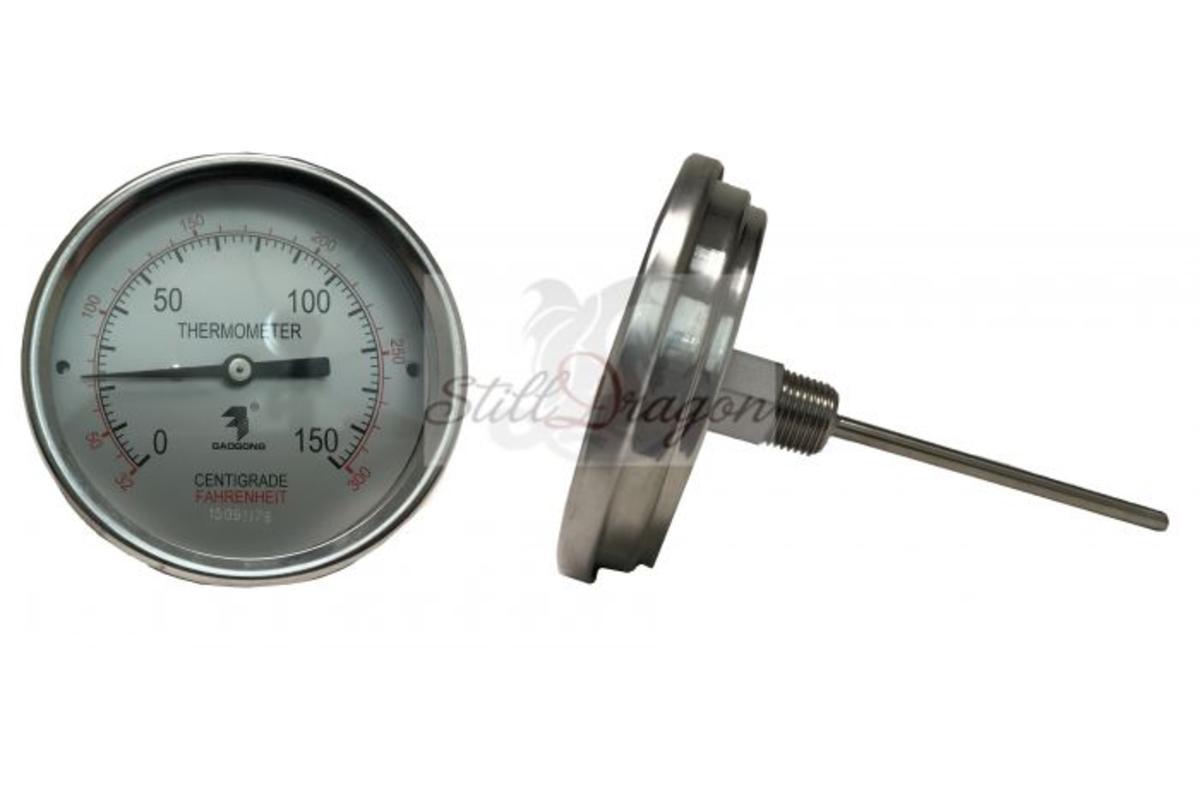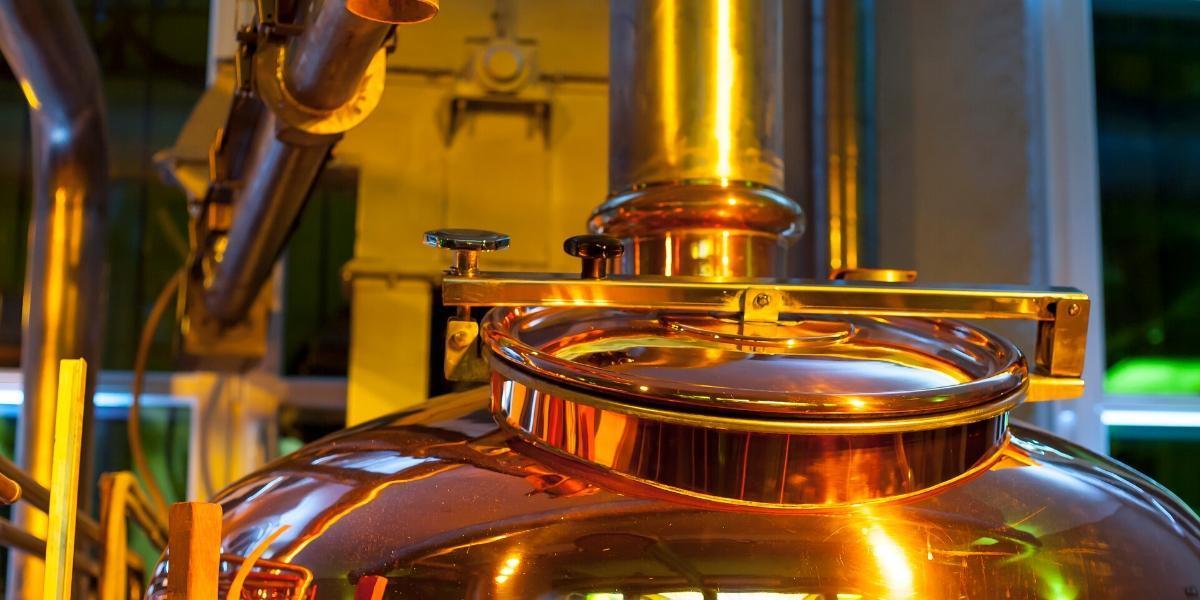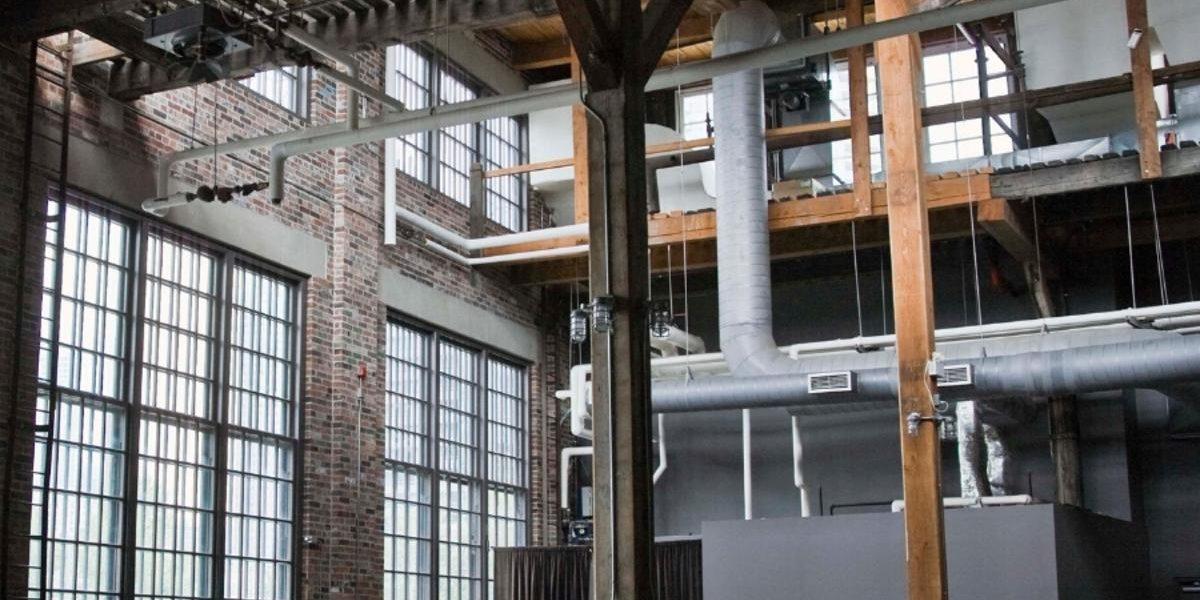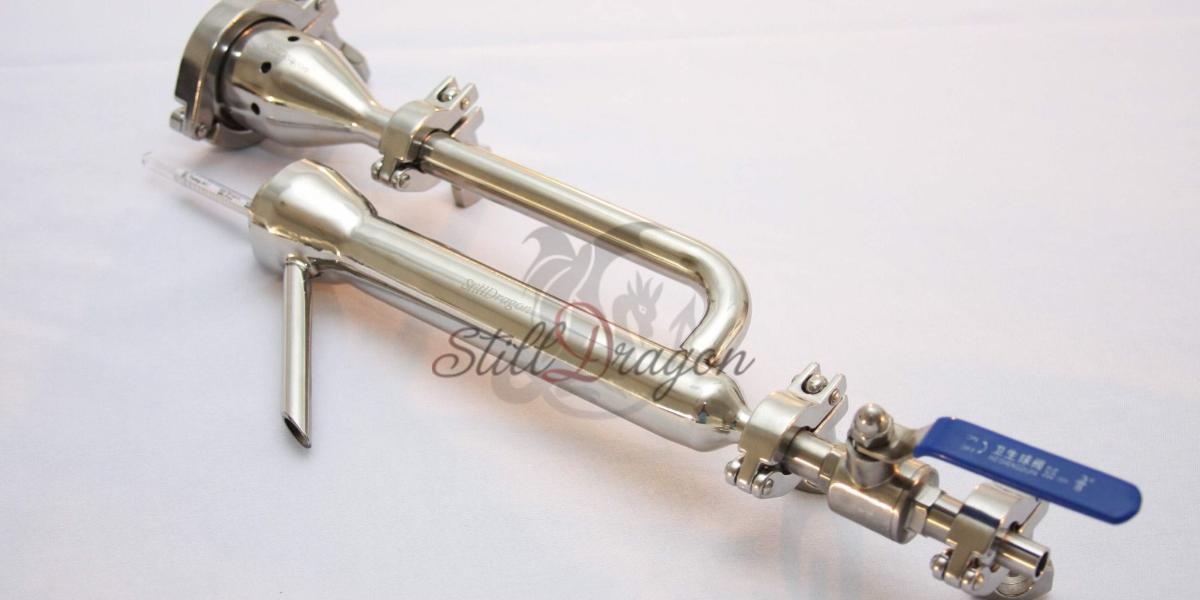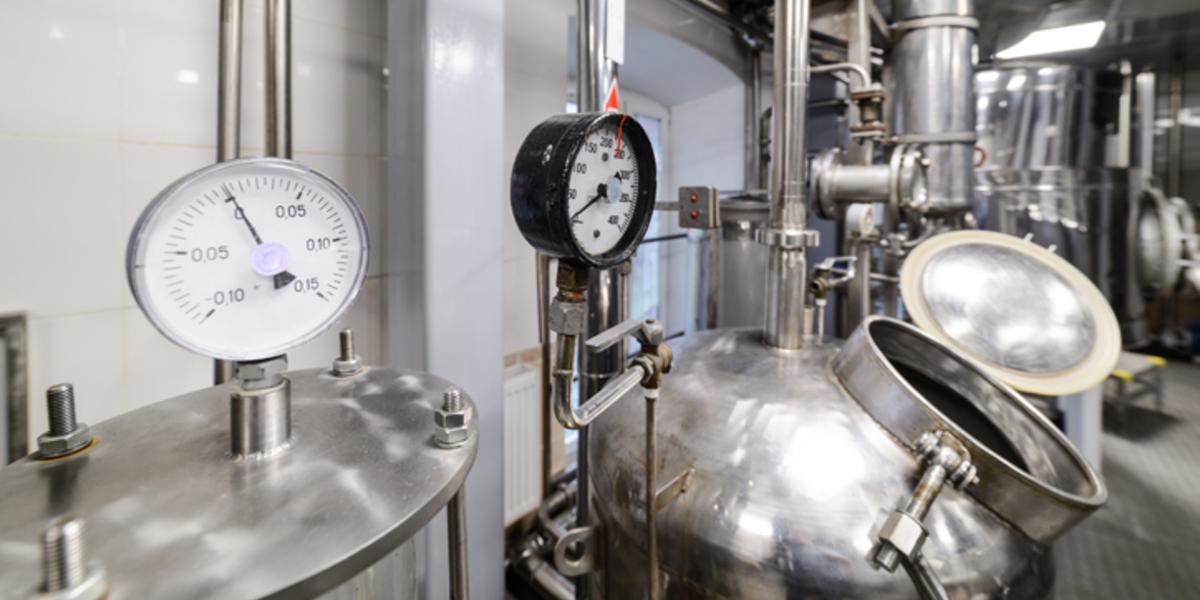There are a few competing definitions on what a true hybrid still is. Some people call a column on top of a kettle a hybrid still, while others would call a still that is capable of switching between running as a pot still and a column still as a hybrid still. Whatever your definition, knowing the difference between the types of stills and their strengths and weaknesses will help you run your equipment more efficiently and help you choose the right commercial distilling equipment for the flavor you’re looking for.
For many people, pot stills are the traditional style of still while column stills are more high tech and necessary for producing higher proof liquors. There are pros and cons for each of these types of stills, and knowing them will help in figuring out what distilling equipment should work best to produce the flavors you want in your final spirit.
Pot Stills: Pros and Cons
Pot stills are very likely the original distillation technology. (The discussion on when freeze distillation started and when pot stills started is beyond the scope of this article.) In their simplest form, pot stills are made of a kettle that is heated to boil lower boiling materials out of a solution and then sending the vapor to a product condenser to turn it back into a liquid.
It sounds uncomplicated, but there are a lot of nuances that can impact the final flavors. Things like the angle of the lyne arm, the height of the hat on the kettle, the overall area capable of creating passive reflux, and many other factors contribute to the character of the final product.
Column Stills: Pros and Cons
Column stills work under the same basic principles. Each plate on a column still acts as a separation step similar in concept to how a kettle separates materials. The comparison isn’t one-to-one, meaning that running three plates in a column will likely not give you the exact same result as triple distilling on a pot still.
It All Boils Down to Reflux
Part of why the two types of stills produce different characteristics is due to the amount of reflux possible in each system. In a pot still, the shape and surface area inside the still itself create a passive reflux. In a distillation column, the reflux can be controlled with a piece of equipment called a dephlegmator which cools vapor at the top of the column to control the volatility of the material heading to the product condenser. A pot still can also increase the amount of reflux achieved by using a dephlegmator.
As a rule of thumb, the closer to 100% reflux you run will allow the plates to create a more efficient separation and the higher the number of plates the cleaner the product will be. This is why it’s more efficient to make vodka on a column still than a pot still, because there’s less smearing that happens and you have a more defined separation between heads, hearts, and tails. More separation and a cleaner product can be wonderful, but the tradeoff happens because plate sections are a separation step, so it can only remove parts of the starting material. This means that compounds that have a higher boiling point that can add flavor are also removed. There are ways around this, such as using fewer plates or blending small amounts of the tails back into the final product.
So, now that we know about two common types of stills, what should we use as our criteria for a hybrid still? Does putting a column on top of a kettle make it a hybrid still, since you’re technically combining two types of stills? Or would a configuration that allows you to switch between running as a pot still or as a column still be closer?
The Double Dragon kettles have two column openings and allow you the flexibility to run in multiple modes. By putting a whiskey hat on one side and a column on the other side, you can valve the system to allow you to choose the type of still you’re running. Part of the craft of craft distilling is adjusting and refining your recipes. The other part is how you run the distilling equipment to achieve the flavor profile that speaks to you and your audience.
